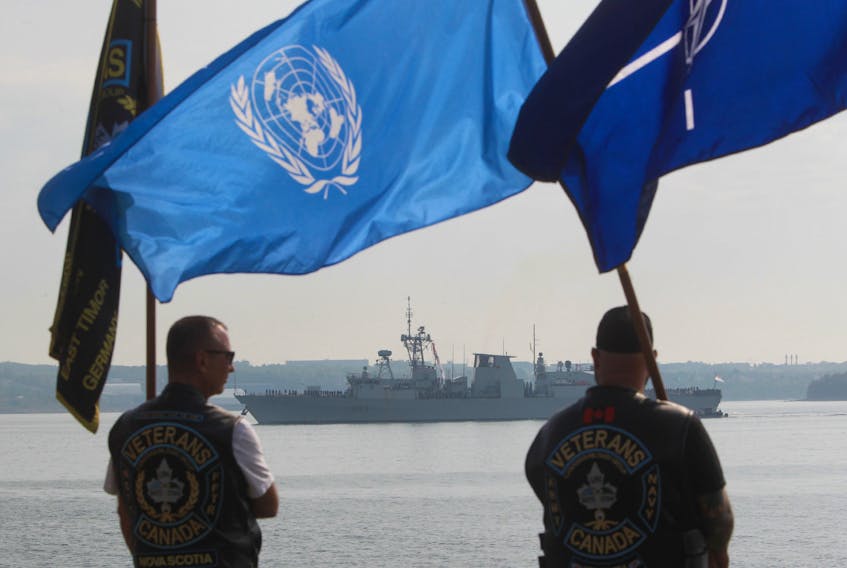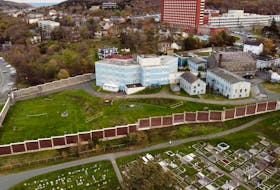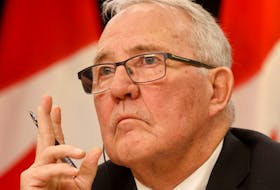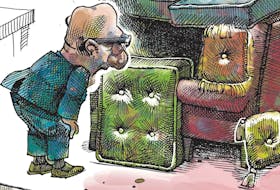Last Wednesday, U.S. Secretary of Defense Mark Esper announced plans for the withdrawal of 12,000 American military personnel from their current bases in Germany.
True to form, President Donald Trump immediately took to Twitter to put his personal spin on this troop reduction. He tweeted “Germany pays Russia billions of dollars a year for Energy, and we are supposed to protect Germany from Russia? What’s that all about? Also, Germany is very delinquent in their 2% fee to NATO. We are therefore moving some troops out of Germany!”
For a man who has repeatedly claimed to be “the most militaristic person ever,” Trump seems to have little real grasp on how this defence stuff actually works.
First of all, the U.S. presently has roughly 38,600 military personnel stationed on German sovereign soil.
Over the past decade, the German taxpayers have spent over US$1.1 billion (approximately $100 million annually) to accommodate these U.S. soldiers.
From the U.S. airbase at Ramstein, the Americans conducted airstrikes during their 2003 invasion of Iraq, a war which Germany opposed. To this day, Ramstein is used as a control centre for deadly extrajudicial U.S drone strikes in Yemen and elsewhere.
Also troubling to many German citizens is the fact that the U.S. uses the German airforce base at Buchel to house an estimated 20 American nuclear warheads.
The huge U.S. hospital facility at Landstuhl has also been the treatment centre for U.S. and allied (including Canadians) wounded during the wars in Iraq and Afghanistan.
So Trump’s assertion that the U.S. military presence in Germany is solely to protect Germans from Russian aggression is patently false. Even after this current planned reduction, there will still be over 26,000 U.S. personnel on the ground. Ramstein will continue to co-ordinate drone strikes, Landstuhl will still treat battlefield casualties and the nuclear warheads will remain on German soil.
Of the 12,000 being withdrawn, the bulk of these troops will be repositioned to other European countries such as Italy, Poland and the Baltic states. In other words, they will still be between the German citizenry and any hostile Russian aggressors.
As for the fact that Germany buys much of its oil and gas from Russia, how can that really bother Trump the capitalist when the U.S. imports most of its energy from Saudi Arabia? Enough said.
GDP percentage dictates payments
Which brings us to Trump’s other point that Germany is being “very delinquent in their 2% fee to NATO.”
For those who are not familiar with the structure of the North Atlantic Treaty Organization, it is a 28-country military alliance. It is not a golf and country club with annual membership “fees.”
What Trump is referring to stems from a NATO summit held in Wales in 2014. At that meeting, member states agreed to set a goal of spending two per cent of their Gross Domestic Product (GDP) on defence.
In this regard, Canada is also "delinquent" in the eyes of Trump, as just prior to the pandemic, we spent slightly over 1.3 per cent of our GDP on defence. This is an equivalent percentage to that spent by the recently "punished" Germany pre-COVID19 crisis.
Many have argued that the arbitrary figure of two per cent is meaningless, as the GDPs of the various members differ so greatly. For instance, in 2019, Bulgaria, which has a relatively puny GDP, bought a total of eight F-16 fighter jets at a one-time cost of $1.5 billion, and this pushed its defence budget up to 3.25 per cent of its economic output.
Only the U.S. spent a higher percentage (3.4) of GDP on defence, but that amount equals more than all other NATO members combined. For the record, Canada’s annual expenditure in actual dollars ranks us No. 6 in spending within the alliance.
However, for those Canadian defence analysts who, for the past five years, have dutifully parroted the “two per cent of GDP on defence” party line, your wish might soon be granted.
In April alone, Canada’s GDP shrank by over 11 per cent, which means our defence budget climbed above the 1.5 per cent mark. If our economy continues to tank, Trump will get his wish and Canada will soon be spending more than two per cent of GDP on defence.
Heck, it could be three per cent by Christmas. If so, I can think of a few defence cheerleaders in Canada who can shut down their think-tanks and leave a "Mission accomplished" sign on the door.









